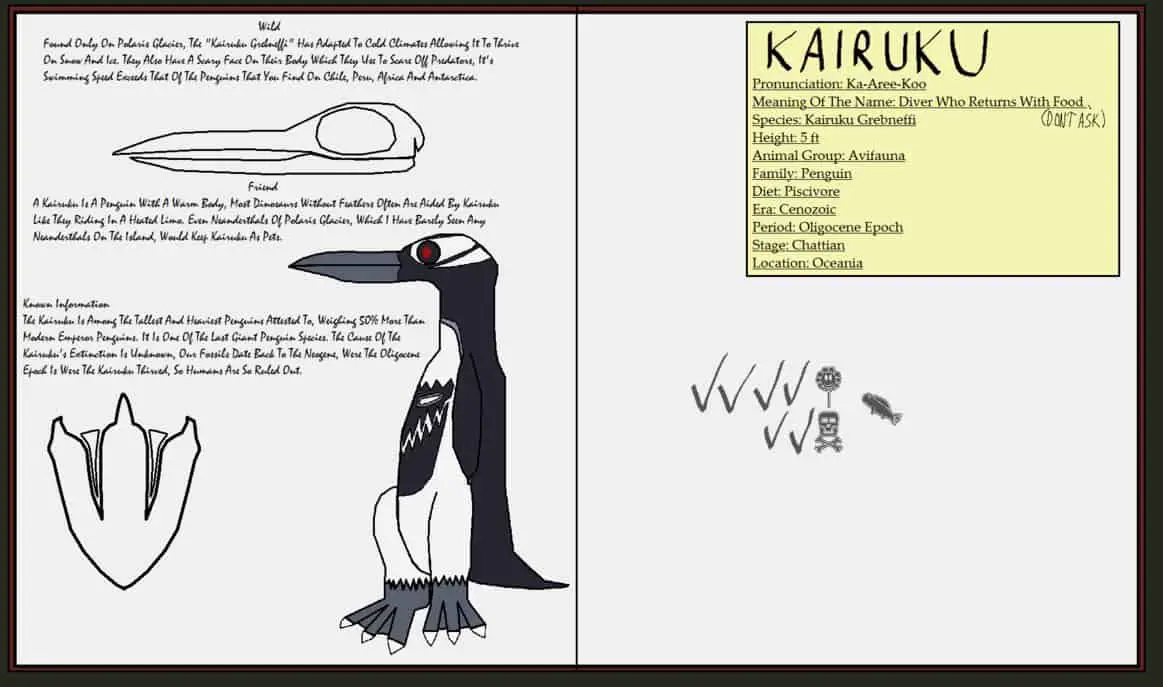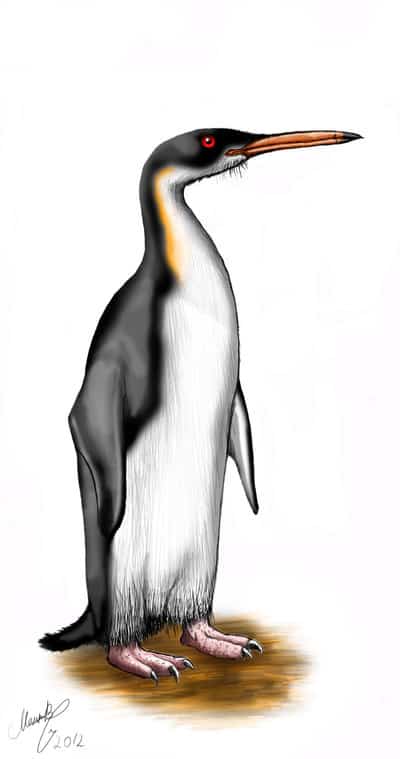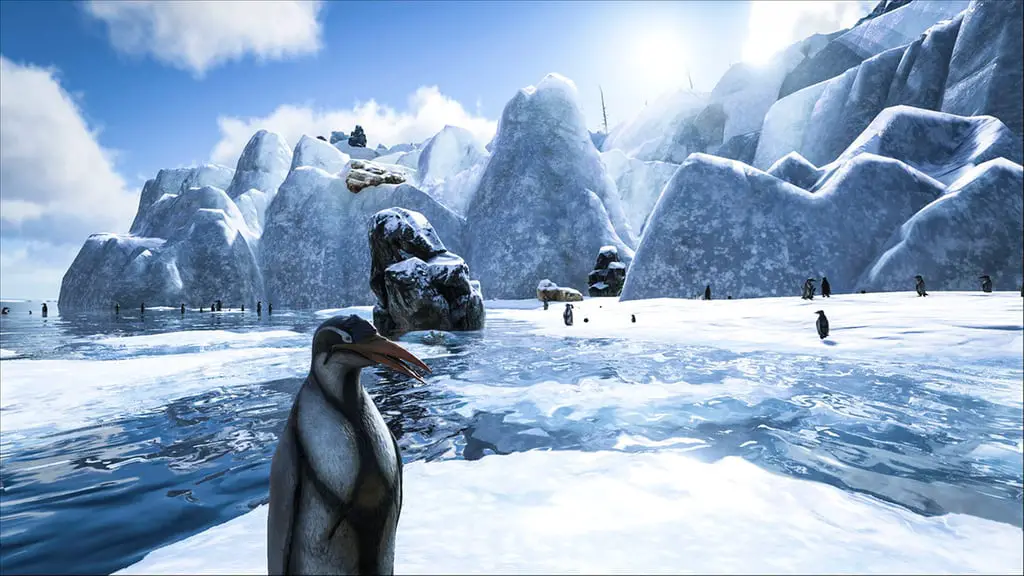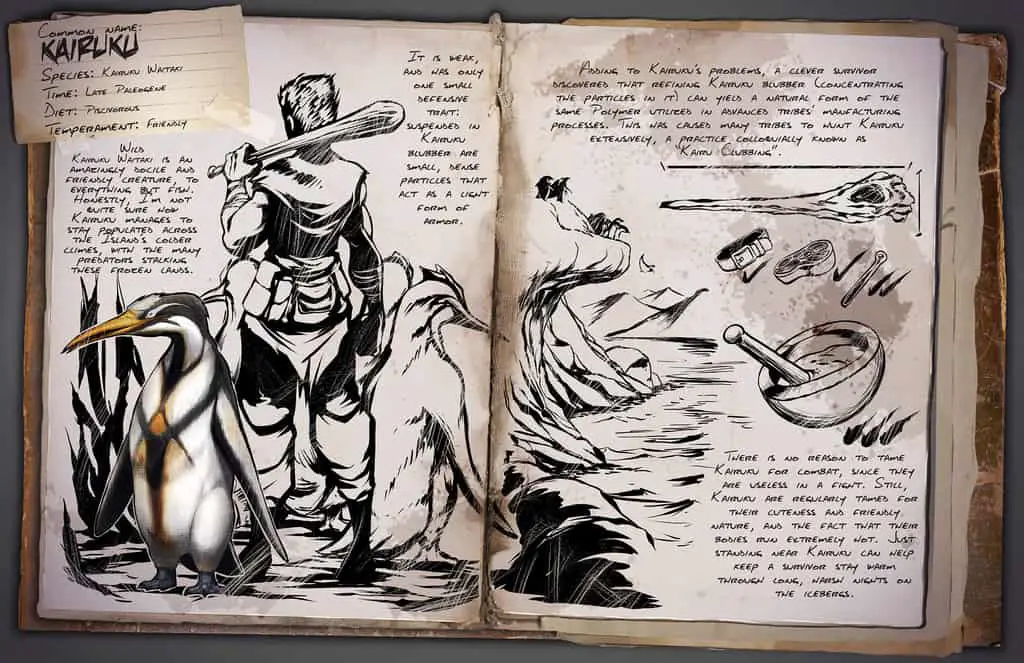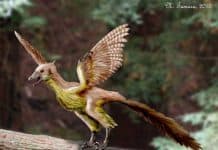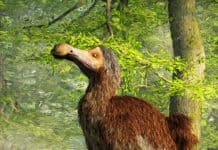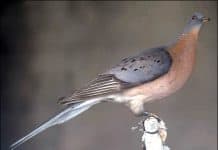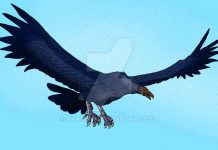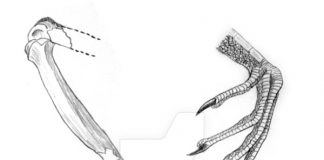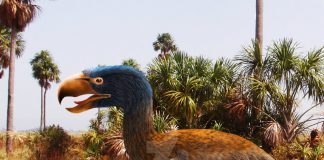Quick Kairuku Facts
- Lived during the Oligocene epoch
- Lived in what is now New Zealand
- Was about the height of Danny DeVito
- Weighed as much as an octopus
- Ate fish and other marine animals
About Kairuku
Kairuku is an extinct penguin which lived approximately 27 to 25 million years ago – during the Oligocene Epoch in what is now known as New Zealand. It was reconstructed from fossilized bones that were found by paleontologist Dr. Ewan Fordyce in 1977. Its name is derived from Maori and means “diver who brings back food.” Kairuku is the second prehistoric penguin to have been found in New Zealand. The first one being Waimanu – a penguin that lived 50 million years ago.
If you looked at Kairuku pictures, then you might be tempted to think that this bird looked like just about any other penguin. After all, it did have many of the common penguin attributes we see in modern penguins. They had black backs with white fronts. They waddled on two feet and they had beaks like penguins – although their beaks were much longer and a lot thinner. However, Kairuku is different in a very important way. It was 5 feet tall and 130 pounds. A normal penguin is only about 3.6 feet tall and weighs only about 51 pounds.
Another one of the interesting facts about Kairuku is that it was even bigger than the “giant penguin” found in South America, Icadyptes. While that bird was also 5 feet tall, it was a lot lighter – weighing in at only about 50-75 pounds. I guess that makes Kairuku the new “giant penguin.” An award to be proud of and that’s for sure.
What did this huge bird eat, you ask? Well, I’m glad you asked that question. This bird would patrol the shoreline and look for all kinds of tasty things to eat. It would also have made short trips into the water to dive for its food. Its diet would most likely have consisted of fish and marine animals, and maybe even aquatic vegetation that may have washed up on shore.
